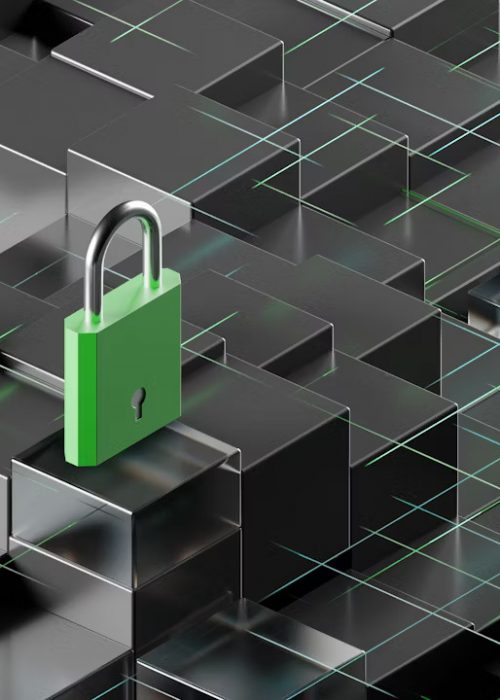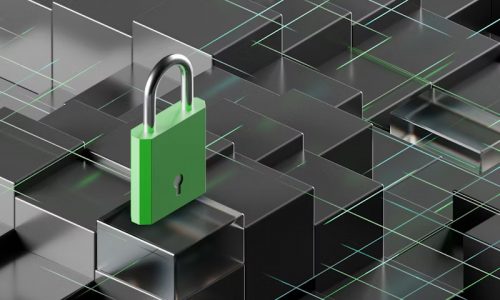
SIEM tools are becoming essential for small businesses, startups, and enterprises looking to strengthen their overall security posture. With organisations operating across cloud environments, remote networks, and multiple digital systems, visibility has become harde and cyberattacks have become faster and more sophisticated.
A mid-sized fintech company recently struggled to investigate repeated failed login attempts across their cloud systems. Without a proper SIEM platform, their team couldn’t correlate logs, detect suspicious patterns, or view threats across different tools. What they needed wasn’t another standalone monitoring solution, they needed SIEM tools capable of centralising data, analysing behaviour, and accelerating threat detection.
This is the challenge most organisations face in 2025. Attackers move quickly, automate their campaigns, and continuously look for blind spots, making SIEM tools a core requirement for modern security operations.
Cybercriminals now exploit cloud misconfigurations, endpoint weaknesses, and identity gaps. These evolving threats make selecting the right SIEM platform more important than ever.
Google Chronicle SIEM
Google Chronicle stands out for its speed, scalability, and predictable pricing, making it a strong option for organisations that generate large volumes of security telemetry. It offers:
– Lightning-fast search across massive log volumes
– Long-term data retention at predictable cost
– Machine-learning–driven threat detection
– Seamless integration with Google Siemplify SOAR
According to Gartner’s cybersecurity insights on modern detection technologies , cloud-native SIEM tools are increasingly preferred because they reduce infrastructure overhead and speed up time-to-value.
Splunk Enterprise Security (ES)
Splunk is well known for its flexibility, powerful search, and rich ecosystem of integrations. It helps organisations:
– Build customised dashboards and correlation rules
– Analyse complex log data in near real time
– Integrate with a wide range of security and IT tools
– Enhance detection with threat intelligence and compliance content
Splunk is extremely capable, but it can require more tuning, expertise, and budget, which is why many organisations pair it with a managed security partner.
“Our commitment is to help organisations adopt SIEM tools that deliver faster threat detection, deeper visibility, and stronger operational resilience across their environments.”
Aniekan Andrew-Essien, CEO — Nexus Grid Limited Tweet
Microsoft Azure Sentinel
Azure Sentinel is Microsoft’s cloud-native SIEM designed for organisations using Microsoft 365, Azure, or hybrid environments. It provides:
– AI-driven threat detection and analytics
– Automated investigation and response playbooks
– Built-in integration with Microsoft security products
– Simplified deployment across cloud-native workloads
Many businesses choose Sentinel because of its deep Microsoft integrations and the ease of onboarding existing logs and identities.
Selecting the right SIEM tools depends on your environment, team capacity, and business priorities. Key considerations include:
– Chronicle is ideal when you need speed, scale, and predictable pricing
– Splunk works best for organisations that require advanced search and deep customisation
– Azure Sentinel is a strong fit for Microsoft-first or hybrid cloud environments
– Also factor in ongoing management, tuning effort, and alert triage requirements
If your team lacks the time or expertise to manage SIEM tools in-house, Nexus Grid provides Managed Security Services that include SIEM deployment, tuning, and 24/7 monitoring to maximise value from your chosen platform
Modern SIEM tools reduce detection time, streamline investigations, and help security teams stay ahead of rapidly evolving cyber threats. In 2025, choosing and correctly implementing the right SIEM tools is no longer optional, it’s a foundational part of building a resilient security strategy.


